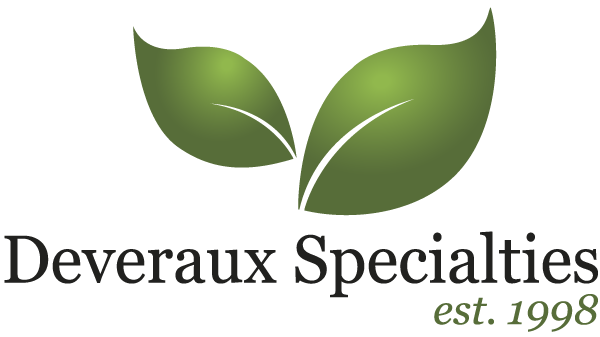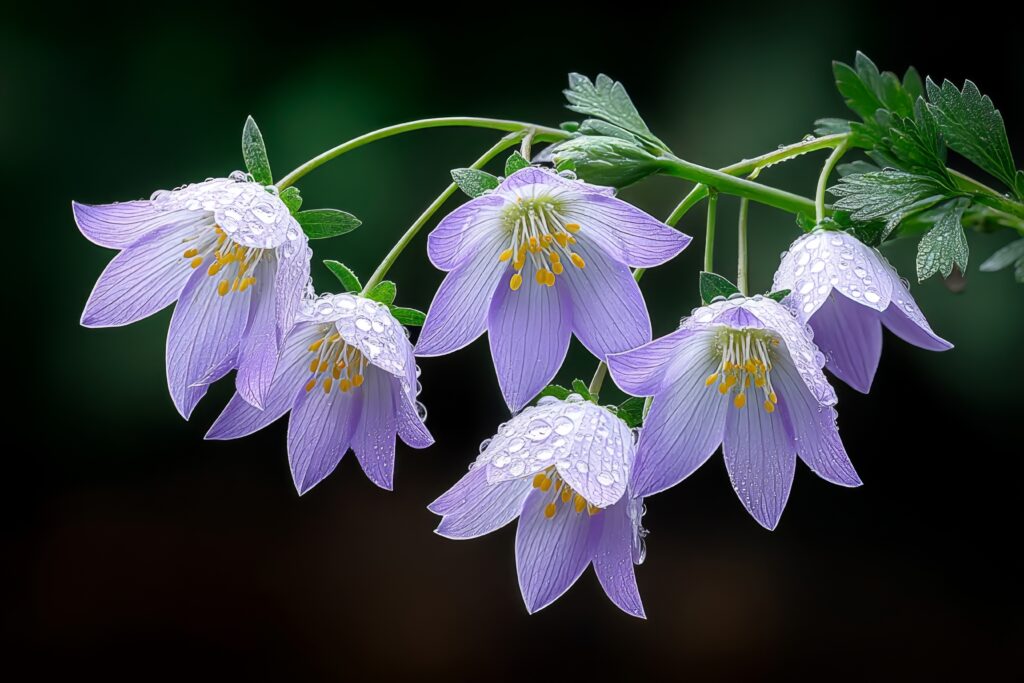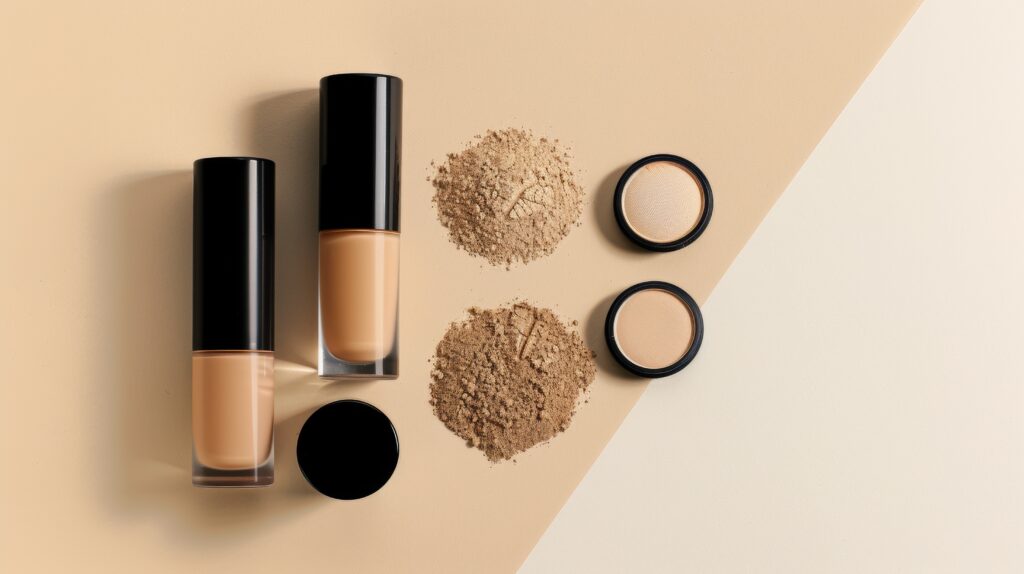Emulsions That Endure: Building Stable, Elegant Systems With Modern Natural Emulsifiers
Cosmetic innovation often stalls at a practical point: you have a smart concept, promising actives, and clear claim targets, but the emulsion can’t carry the load. Oil-in-water systems break with actives or long wear; water-in-oil textures feel heavy or separate during scale-up; and as consumer expectations move toward lighter, more “skin-authentic” sensorials, classical thickeners or waxy networks can undercut aesthetics. The gap between a lab-bench win and a pilot-ready formula frequently comes down to how efficiently the emulsifier builds structure, organizes water and oil, and holds together under heat and shear.
In the last decade, lamellar and liquid-crystal architectures in O/W systems, along with better-engineered W/O tools, have changed what’s possible. These structures don’t just “bind” phases; they create ordered domains that manage water, improve occlusivity without wax overload, and resist common destabilizers. Multiple studies and trade reports show that lamellar O/W networks, for example, can increase bound water, reduce TEWL, and mimic the lipid organization of the stratum corneum—translating into measurable moisturization and barrier benefits alongside improved stability.
Where Stability Meets Scale
Formulators today must hit conflicting targets: lightweight feel, high active compatibility, robust stability through temperature excursions, and clean labeling. In practice, classical emulsifying systems may require high co-emulsifier or wax loads to stand up to processing and time. That raises viscosity, drags sensorials, and complicates preservation—especially in face and sun-adjacent formats where film uniformity and wear matter. Even when the bench batch is stable, scale-up introduces thermal gradients and shear differences that expose weaknesses in the emulsion’s internal architecture. Industry literature is consistent on this point: processing variables—shear rate, emulsification time, phase addition temperature—strongly influence long-term stability, not just droplet size on day one.
Water-in-oil adds a second layer of difficulty. W/O systems are naturally harder to stabilize and often require smaller droplet sizes and carefully tuned nonionic systems to avoid creaming or phase inversion. When done well, they deliver velvet slip, strong water-resistance, and excellent wear; when done poorly, they separate, feel greasy, or fail preservation planning. The challenge is designing a W/O system that performs at low emulsifier dosage, keeps sensory light, and stays coherent under thermal and mechanical stress during manufacturing and consumer use.
Natura-Tec Emulsifiers – Three Architectures, One Practical Goal
To address these realities, we deploy three complementary emulsifier systems—two for O/W with lamellar, liquid-crystal behavior and one for W/O—each designed to simplify builds, preserve elegant textures, and improve stability at realistic use levels.
How Emulsion Architecture Delivers Measurable Gains
Lamellar O/W improves water management and barrier-relevant endpoints. Multiple Cosmetics & Toiletries studies comparing lamellar liquid-crystal O/W emulsions with conventional O/W show higher bound water, improved skin conductance, and reduced TEWL over multi-week application. Mechanistically, lamellar structures create bi-continuous domains that hold water more effectively and reduce evaporation. This structure also mimics the stratum corneum’s lipid ordering, which helps explain the sensory “fit” and the barrier-supportive signals. For formulators, the practical takeaway is that lamellar O/W—such as systems built with Natura-Tec Crystal Cream™ and Natura-Tec Emulactive™ W—can deliver both feel and function: light textures that nonetheless score on moisturization endpoints without over-reliance on waxes or gums.
Sucrose esters as efficient, skin-friendly O/W builders. Recent reviews (2024–2025) catalog sucrose esters’ phase behavior and interfacial properties across colloidal systems. They form robust interfacial films, support small droplet sizes, and can participate in liquid-crystal ordering with appropriate oil phases and co-structurants. Studies using SAXS and related methods confirm lamellar spacing consistent with LC formation. In short: sucrose-ester architectures like Natura-Tec Crystal Cream™ are credible tools for low-dose, elegant O/W that stands up to time and temperature—well suited to fluid gel-creams and actives-forward bases that still require storage stability and clean preservation planning.
Lamellar gel networks and manufacturing robustness. Literature on lamellar gel networks (LGN) in personal care highlights their stability and distinctive rheology under real-world processing variability. LGN/LC systems show resilience when conditions are less than ideal—an everyday reality as batches scale from pilot to production. That said, structure does not replace process discipline: temperature control during phase addition, adequate heat removal, and shear profiling remain essential to avoid transient inversion or droplet growth. In practice, Natura-Tec Emulactive™ W provides this lamellar backbone, giving formulators headroom to carry oils and lipophilic actives while maintaining a polished finish through scale-up.
W/O done elegantly. W/O emulsions are often shorthand for “heavy,” but they don’t have to be. With the right nonionic system, droplet-size control, and oil-phase selection, W/O lotions can feel surprisingly light while retaining water-resistance and cushion. Trade guidance emphasizes W/O’s need for smaller droplets and precise surfactant systems; the payoff is meaningful in categories where wear longevity matters. Natura-Tec Ecomuls™ 2 in 1 is designed for exactly this balance: low-dose W/O that supports fine droplets and cohesive interfacial films, reducing greasiness risk and opening scope for daily body, hand, and face-adjacent formats where comfort and durability must co-exist.
Stable, Scalable Emulsions with Defensible Claims
Market momentum favors formulations that feel “closer to skin,” carry actives without destabilizing, and back up claims with instrumented endpoints—hydration, TEWL, evenness—rather than vague descriptors. Lamellar O/W and modern W/O tools are well matched to this direction. They give formulators a structural rationale for moisturization and barrier-support signals, while preserving the slip and finish users expect. That structural rationale also strengthens claims review: if your emulsion architecture is documented to increase bound water and reduce TEWL, you’re not just meeting a brief—you’re explaining it.
There is also a sustainability and simplicity dimension. Efficient emulsifiers that build structure at tighter dosages enable leaner INCI lists and reduce reliance on heavy waxes or high-load structuring agents. That can simplify preservation strategies and reduce the number of “crutches” needed to hold the system together. As regulatory and consumer scrutiny increases, having a coherent, literature-supported story about why your emulsion behaves—and performs—the way it does is a competitive edge.
Putting It to Work: Three Practical Paths
If your goal is a fluid O/W gel-cream with fast rub-in and measurable hydration, start with Natura-Tec Crystal Cream™. Engineer the oil phase for compatibility, target a modest internal phase (~10–20% depending on your emollient mix), and prioritize temperature control during emulsification. Expect strong stability with surprisingly light sensorials and a credible bridge to moisturization endpoints.
If you need an O/W cream with broader oil tolerance and a slightly richer sensorial profile—think day creams that must carry multiple lipophilic actives—choose Natura-Tec Emulactive™ W. You’ll gain stability headroom and barrier-aligned structure without leaning on waxy networks. Keep an eye on shear profile and cool-down schedules to lock in lamellae.
When the brief calls for velvet, water-resistant lotion or cream at low emulsifier dose, consider Natura-Tec Ecomuls™ 2 in 1. Optimize droplet size through phase-in addition and shear, and you can achieve a long-wear finish with a lighter feel than legacy W/O builds. This path is useful in hand creams, body care, and hybrid “daily wear” formats where durability matters.
Where to Go From Here: Lamellar O/W or Low-Dose W/O?
Formulation success is not an accident; it is the product of sound structure and disciplined process. Lamellar and liquid-crystal O/W architectures, paired with an elegant low-dose W/O option, give formulators structural levers to solve today’s stability-versus-sensory bind. The literature is consistent: ordered emulsions manage water more effectively, support barrier-relevant outcomes, and exhibit rheology that tolerates the real world of heat and shear. Designed and processed well, these systems allow you to deliver lighter textures, cleaner labels, and more defensible claims—without the rework loops that slow launches.
Work With Us on Your Next Build
Tell us which base you’re targeting—fluid O/W gel-cream, richer O/W cream, or low-dose W/O velvet—and we’ll share recommended use levels, processing windows, and starter formulas. Submit a request on our website or contact your sales manager for formulation guidance and technical documentation.
- Cortes, N., Pacheco, G., & Goto, T. (2024). Innovative emulsifiers in cosmetic products: A patent review (2013–2023). ACS Omega. https://doi.org/10.1021/acsomega.4c07305
- Hua, Z., Yin, J., Dong, Y., Xu, Z., & Gong, S. (2024). Ultra-micro liquid crystal in cosmetic emulsion with surfactant–cosurfactant–polymer system. Polymers, 16(14), 2467. https://pmc.ncbi.nlm.nih.gov/articles/PMC11603258/
- Kim, M., et al. (2009). Liquid crystal O/W emulsions to mimic lipids and strengthen skin barrier function. Cosmetics & Toiletries. https://www.cosmeticsandtoiletries.com/formulas-products/skin-care/article/21834387/liquid-crystal-o-w-emulsions-to-mimic-lipids-and-strengthen-skin-barrier-function
- Park, Y., et al. (2013). Liquid crystal O/W emulsions to mimic lipids and strengthen skin barrier function. Cosmetics & Toiletries. https://www.cosmeticsandtoiletries.com/formulas-products/skin-care/article/21837040/liquid-crystal-o-w-emulsions-to-mimic-lipids-and-strengthen-skin-barrier-function
- Cholakova, D., Denkov, N., et al. (2025). Sucrose ester surfactants: Current understanding and applications (preprint). arXiv. https://arxiv.org/pdf/2505.05535
- SpecialChem. (2025). Emulsifier for cosmetics: Types, uses, benefits & limitations. https://www.specialchem.com/cosmetics/guide/emulsifiers
- Cunningham, G. E., et al. (2025). Exploring formulation, manufacture and characterisation of lamellar gel networks in hair conditioners. Advances in Colloid and Interface Science. https://pubmed.ncbi.nlm.nih.gov/39955857/
- Powerblanket. (2024). Emulsification in cosmetic chemistry: Temperature mastery. https://www.powerblanket.com/blog/cosmetic-chemistry-mastering-temperature-for-perfect-emulsification/
- KBL Cosmetics. (2025). How do equipment differences impact formulation scalability in cosmetic manufacturing? https://kblcosmetics.com/blogs/news/how-do-equipment-differences-impact-formulation-scalability-in-cosmetic-manufacturing
- MXD Process. (2025). Solving emulsification challenges in cosmetic manufacturing. https://www.mxdprocess.com/solving-emulsification-challenges-in-cosmetic-manufacturing
Note: The references above are publicly accessible trade or scientific sources that support the mechanisms and processing considerations discussed here.









